In the News
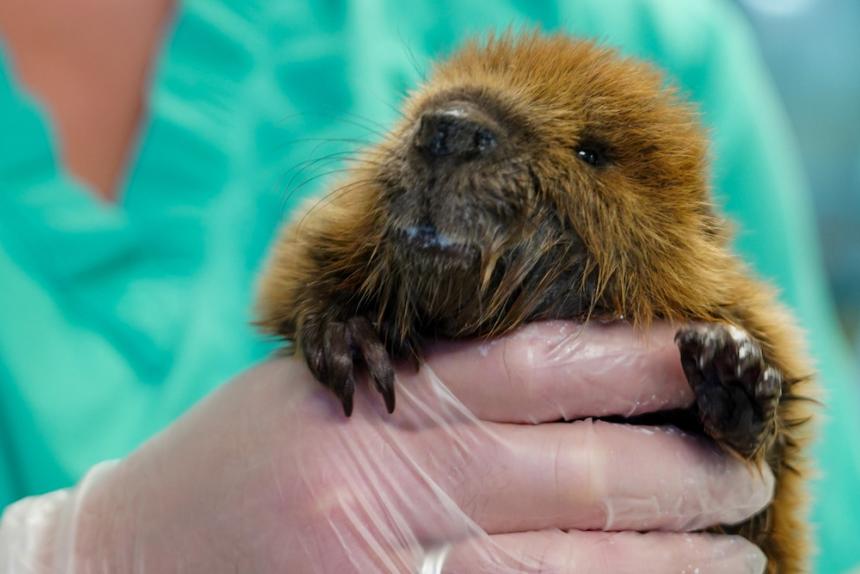
Video
November 09, 2021
After they lost their parents and developed bacterial enteritis all in the span of a few weeks, a litter of beaver kits came into the care of our team at the Janet L. Swanson Wildlife Hospital.
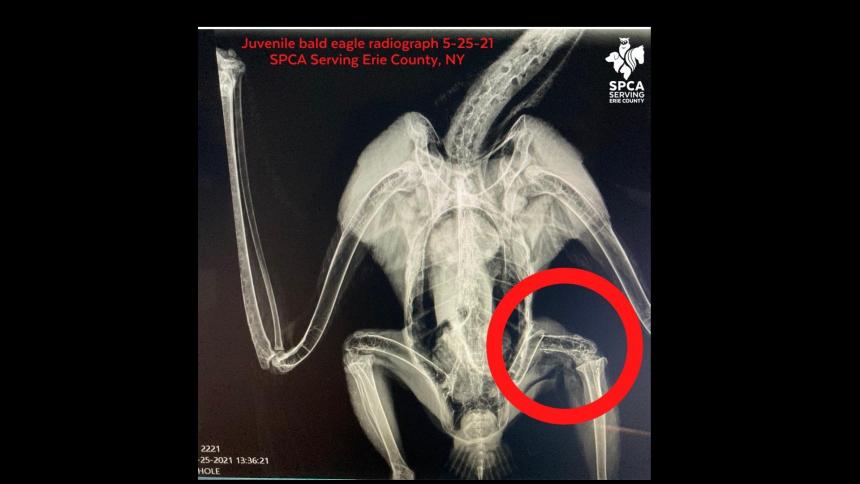
October 14, 2021
A severely injured young bald eagle had surgery at the Janet L. Swanson Wildlife Hospital and was successfully released after it recovered.
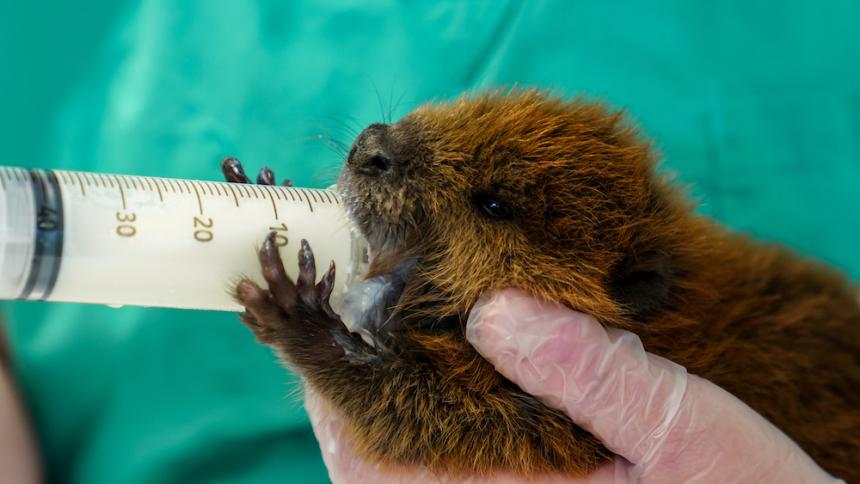
July 06, 2021
A litter of beaver kits traversed more of New York state than most of their species will ever cross in a lifetime. This group of five traveled from the Adirondacks to Western New York, and from there to the Finger Lakes and back in their brief but eventful five weeks of life.
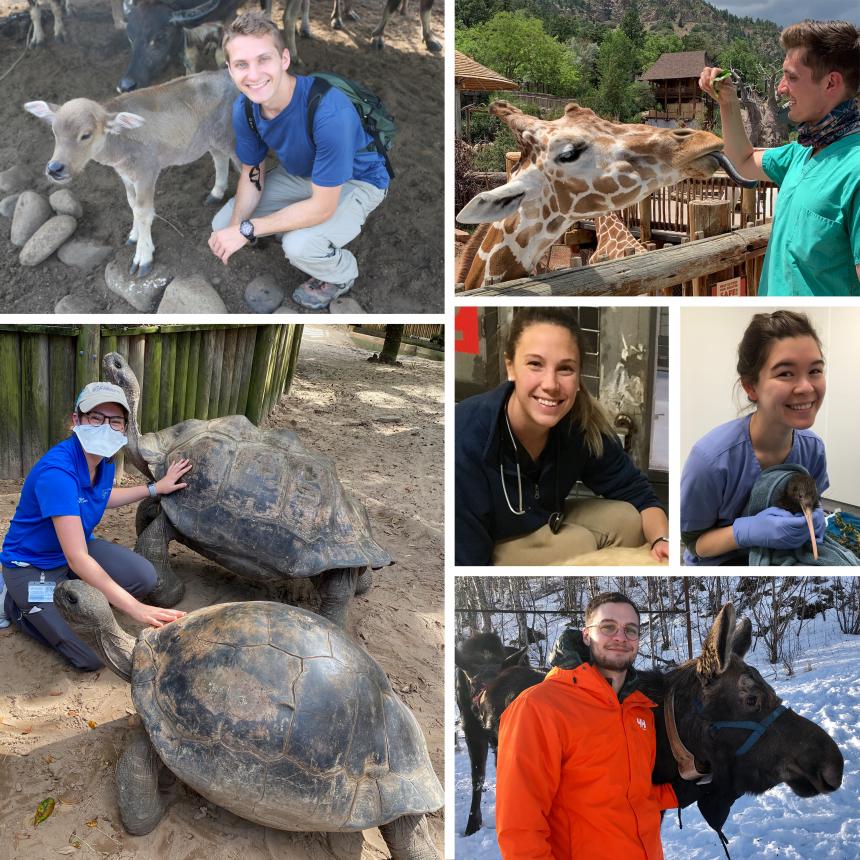
June 23, 2021
The Cornell Wildlife Health Center is proud to celebrate some of the latest achievements of recent graduates from the Cornell University College of Veterinary Medicine pursuing career paths in wildlife conservation and One Health.
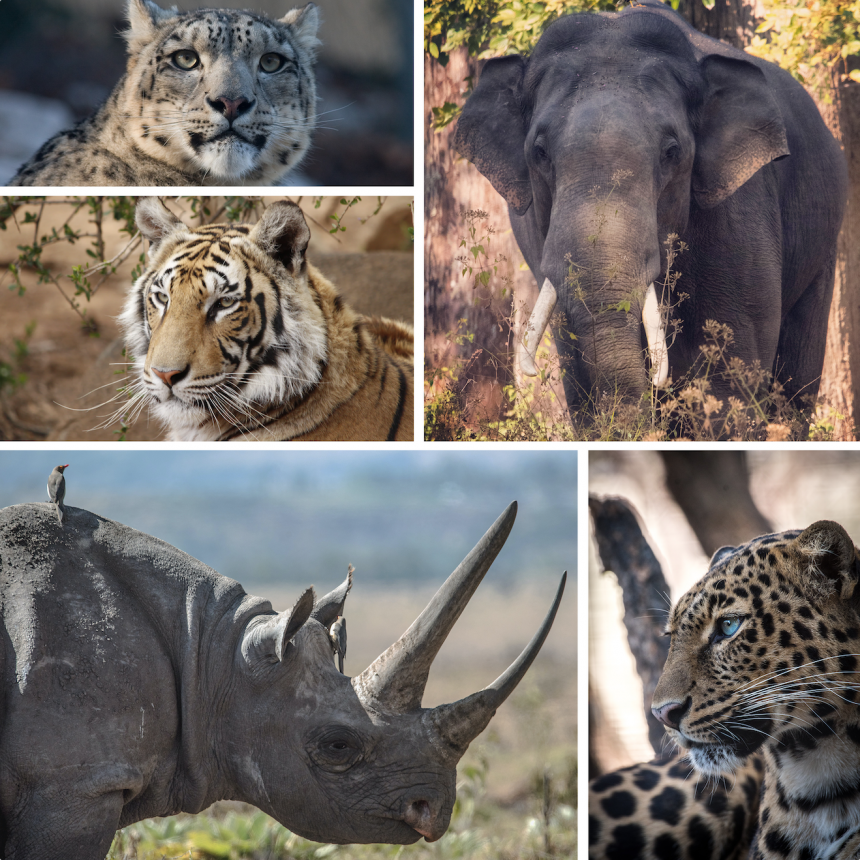
May 21, 2021
The third Friday of May is Endangered Species Day. Primarily as a result of human activities, our planet’s biodiversity is shrinking at an unprecedented rate. The Cornell Wildlife Health Center is proud to support a diverse range of species and ecosystems through our work.
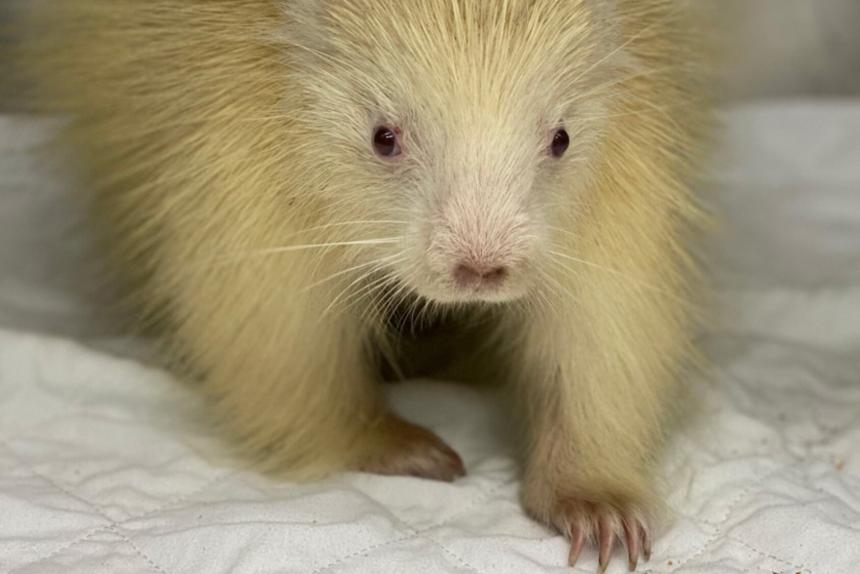
March 22, 2021
With 1,750 native wild animals being treated last year, the Janet L. Swanson Wildlife Hospital provides free, lifesaving care to a wide range of species and invaluable training for Cornell veterinary students.
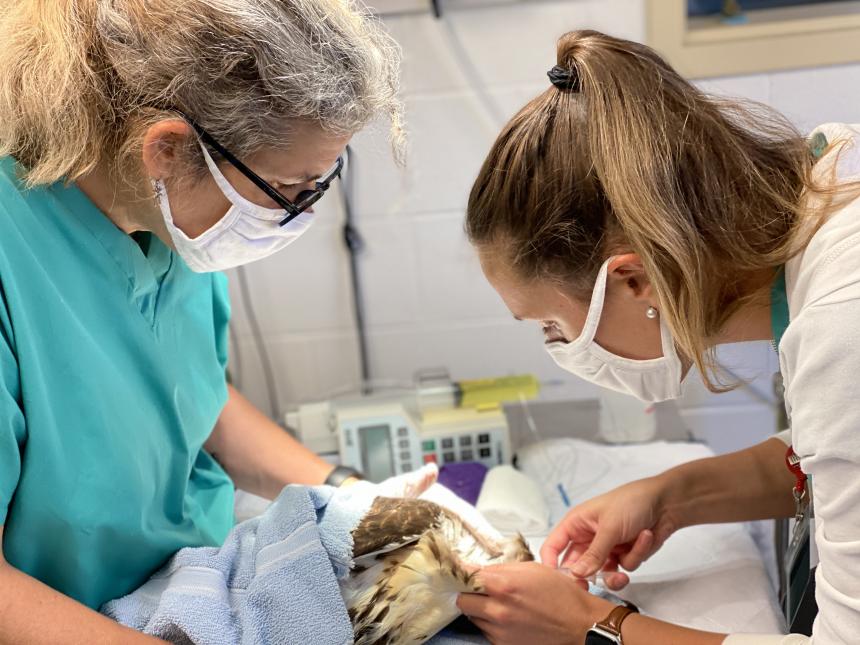
February 01, 2021
Dr. Melissa Hanson, first-year resident in Zoological Medicine at the Cornell University College of Veterinary Medicine, received a research award from the College to study refeeding syndrome in wild red-tailed hawks at Cornell’s Janet L. Swanson Wildlife Hospital.

December 09, 2020
The Cornell University College of Veterinary Medicine has released its 2020 Annual Report, detailing its progress in its key strategic priority areas, including "Advances in Animal, Human and Ecosystem Health."
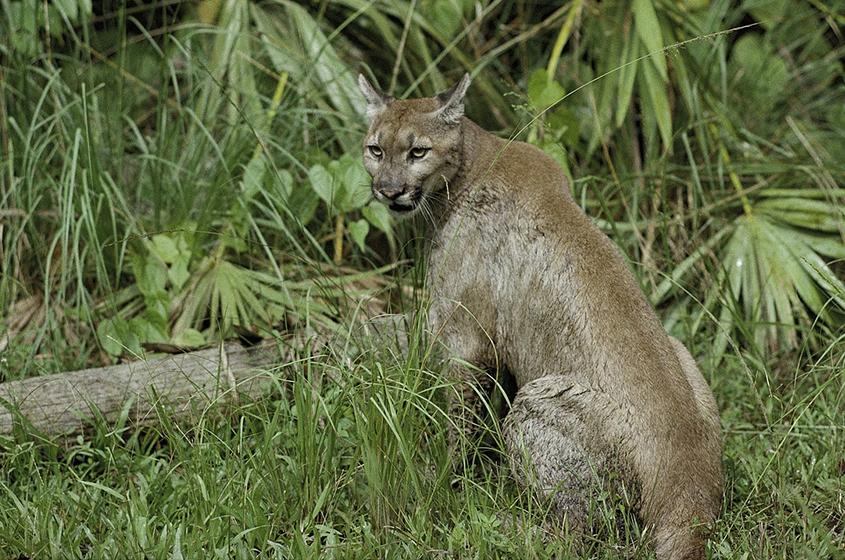
September 30, 2020
The slowdown in human activity during the COVID-19 pandemic, particularly travel, has created a unique opportunity for scientists to better understand human-wildlife interactions.
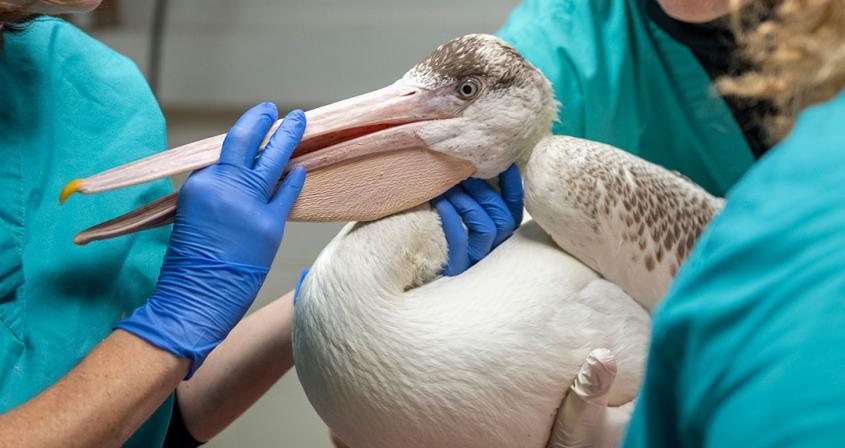
December 10, 2019
This juvenile American white pelican — which had only one working eye and was suffering from weakness and parasites — was brought to the Janet L. Swanson Wildlife Hospital, making history as the first of its species to be treated there.
